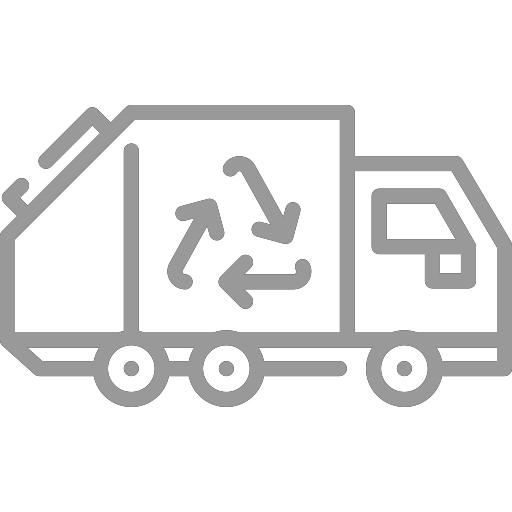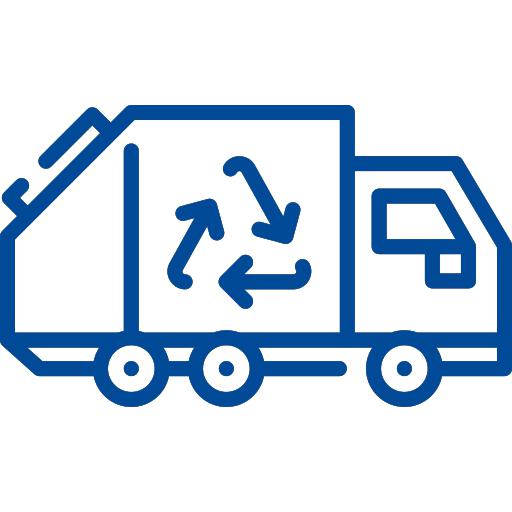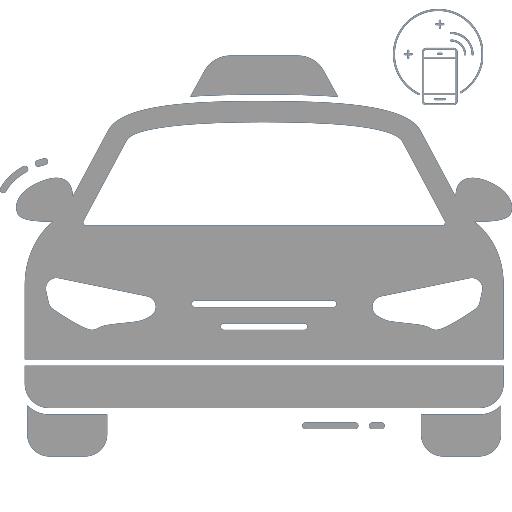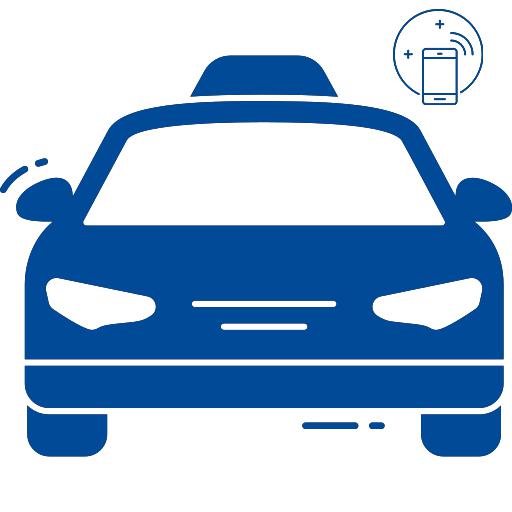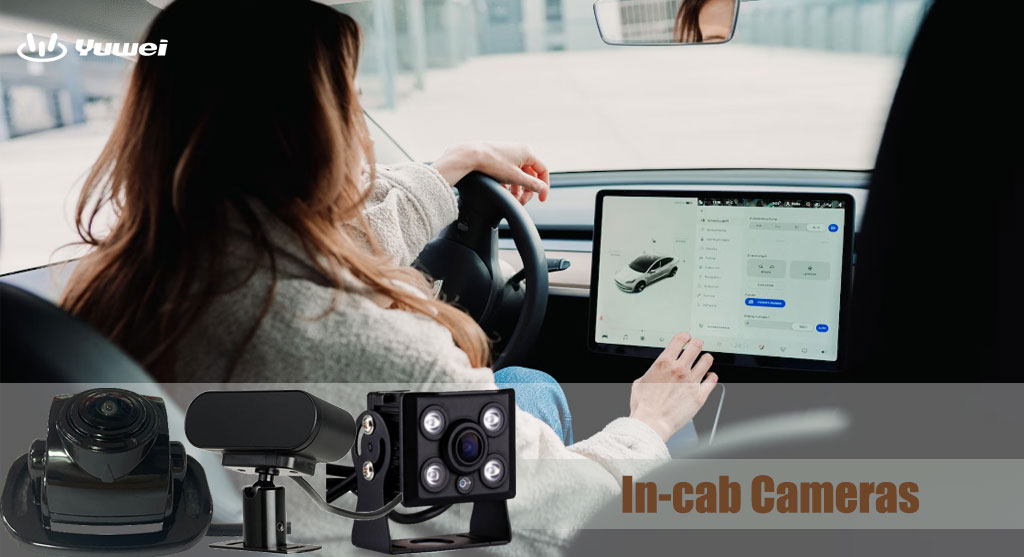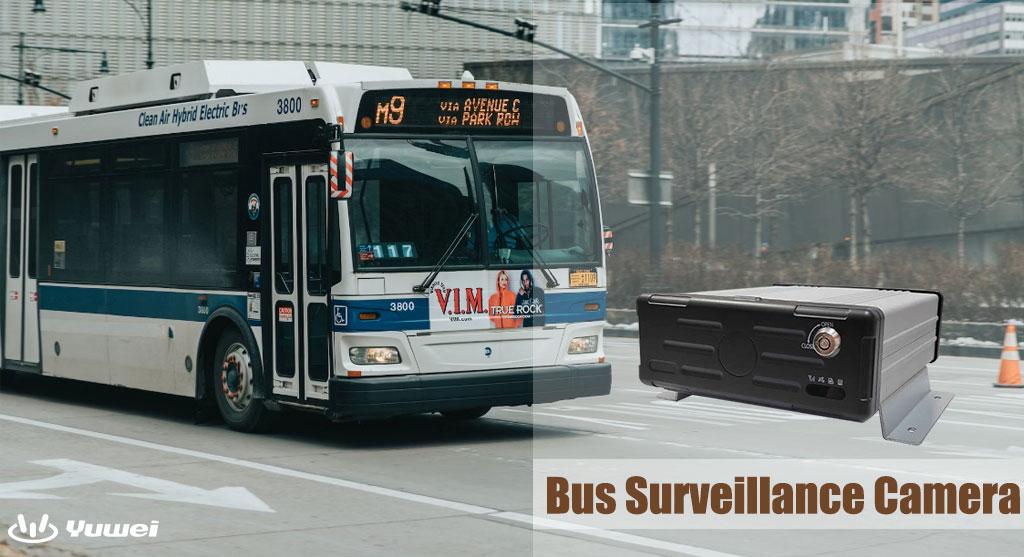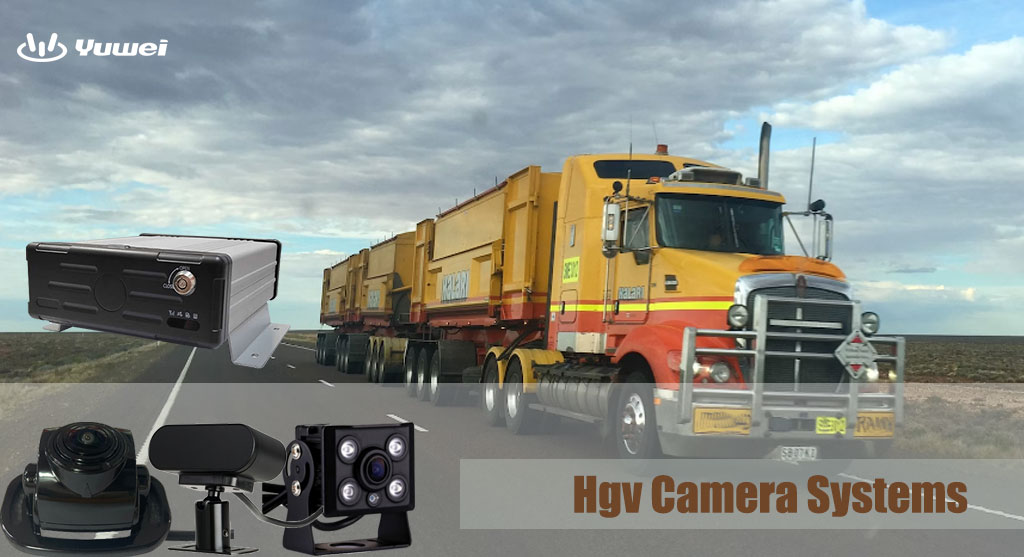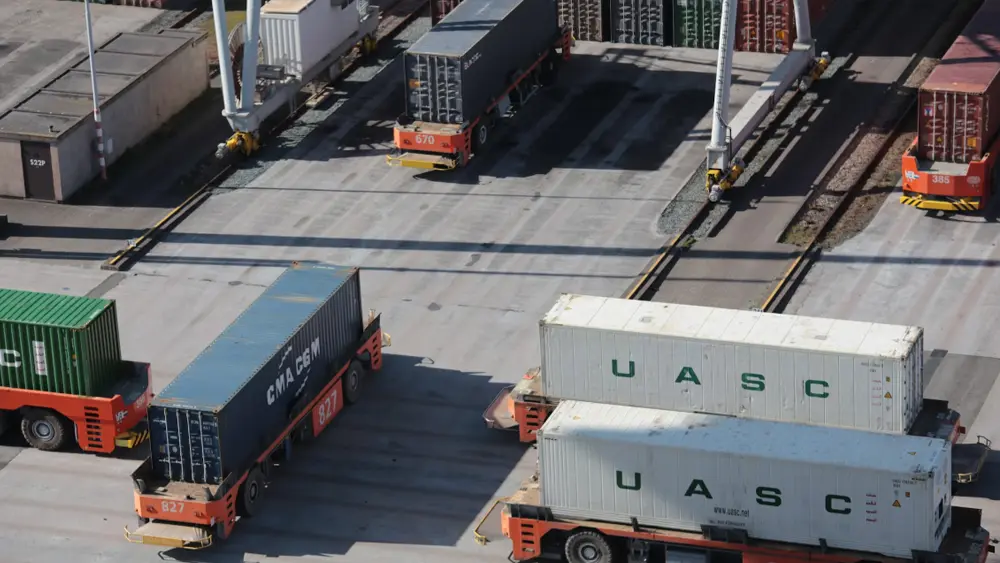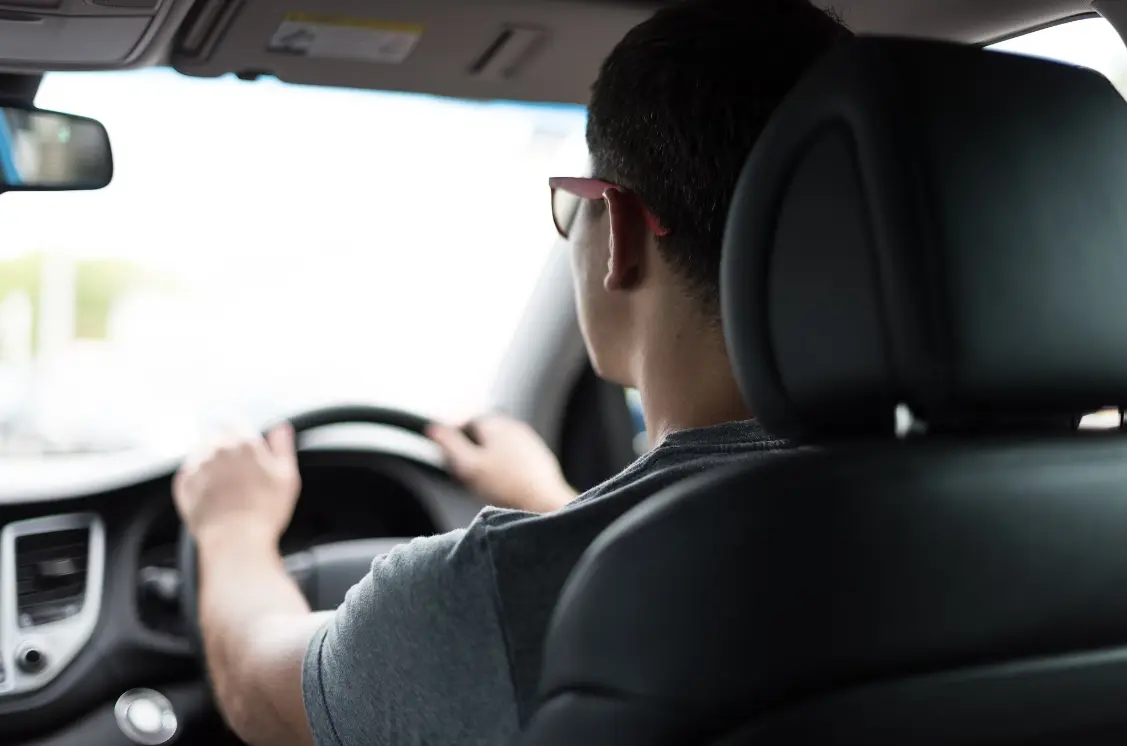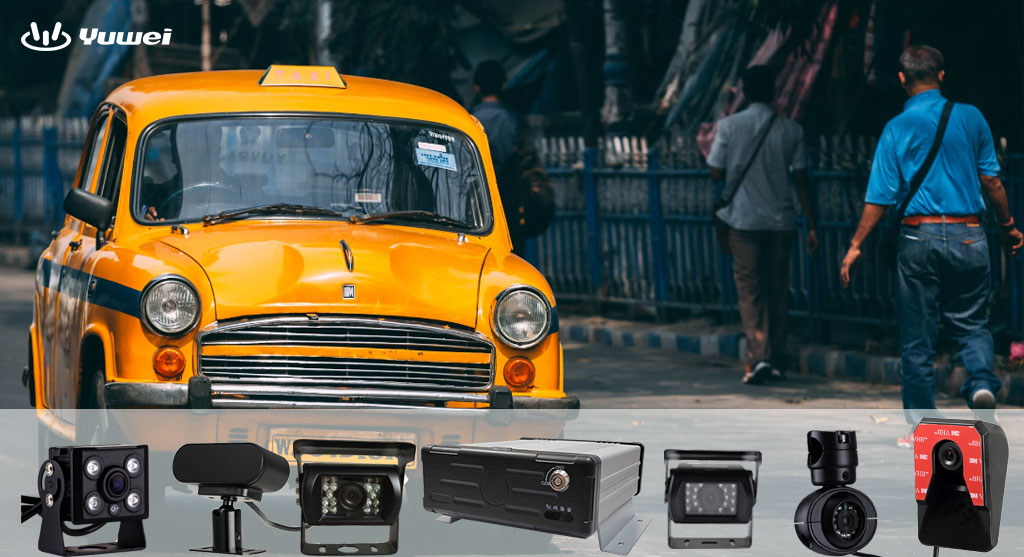In-cab Cameras front and rear for Trucks
In-cab Cameras front and rear for Trucks
More and more fleet operators are installing cameras in their vehicles, including cameras inside the driver's cab facing the driver. The benefits of doing so are clear: in the event of an accident or incident, it can easily prove that the driver is innocent and focused on driving. Additionally, these cameras can provide a record to prevent disputes with drivers or unauthorized entry into the cab. However, this is also a double-edged sword, as the footage may also reveal driver misconduct.
As a supplier of in-cab cameras front and rear for trucks, YUWEI offers a variety of features for on-board cameras. Please feel free to inquire about our camera products!
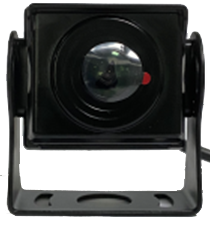
Cameras front and rear
The Intelligent Video Telematics V5 is a feature-rich 4G Dash Camera designed forthe video surveillance industry....
According to reports and evidence, installing in-cab cameras has a positive impact on improving driver behavior, eliminating bad habits that could lead to accidents, and thus improving fleet safety. However, despite these benefits, drivers and unions often view the use of in-cab cameras negatively, as this technology has been used by unethical employers in the past to exploit drivers and is seen as an invasion of privacy. Especially for long-distance drivers, the cab is actually their living space during rest periods.
If you plan to install in-cab cameras, you must be aware of these negative perceptions and work to overcome people's concerns and ensure compliance with legal requirements. Here are five things to consider when installing cameras:
1. Make drivers aware: When using a camera facing the driver, an important taboo is not to hide the presence of the camera. The camera's location should be clearly marked in the cab to let the driver and passengers know they are being recorded. Most judges are pessimistic about companies attempting to use secret camera lenses in cases against drivers.
2. Obtain consent: It is important to consult with drivers when deciding to install in-cab cameras. If they do not agree, they may distrust the motivation behind installing the cameras. On the other hand, when explaining the reasons and benefits of installing cameras to drivers and obtaining their consent, the cameras will be protected and everyone will be satisfied.
3. Develop a video clip policy: One of the best methods is to provide an official written policy on how camera lenses are recorded, stored, and used. Ensure that all employees know who the video data administrator is, who has access to the recording, and for what purpose. The policy should also include sanctions for tampering behavior and detailed instructions on how to handle violations, whether or not they result in accidents.
4. Protect privacy: Privacy issues are very important. The use of cameras must be limited to their original purpose, otherwise, fines may be imposed. In addition, at specific times when privacy needs to be protected, such as when drivers are resting during long-distance travel, the cameras must automatically turn off or be placed in a position that does not cover the driver's rest area.
5. Employment contract: Including consent to the use of cameras in the employment contract is the simplest way to ensure permission to use them. Existing employees can sign new versions of the contract that include provisions for camera use. Another benefit of doing so is to ensure that new employees effectively agree to the use of cameras when signing the contract.
If handled correctly, excellent drivers will accept this technology and be satisfied with it because it provides them with additional protection against fraud and non-fault claims. By informing them of privacy protection, video usage, and the benefits to them, your fleet will become safer.

















